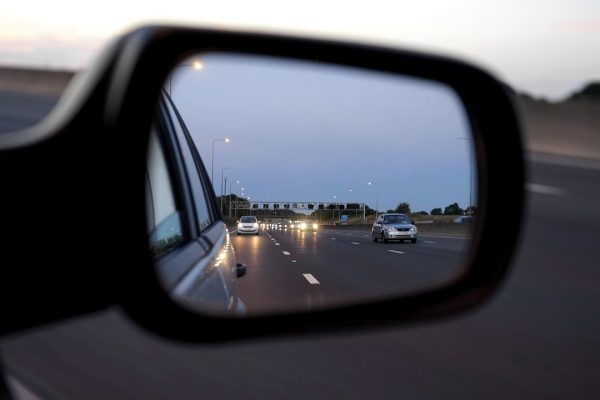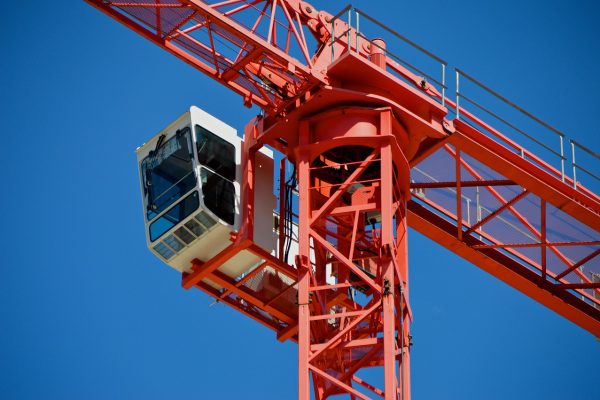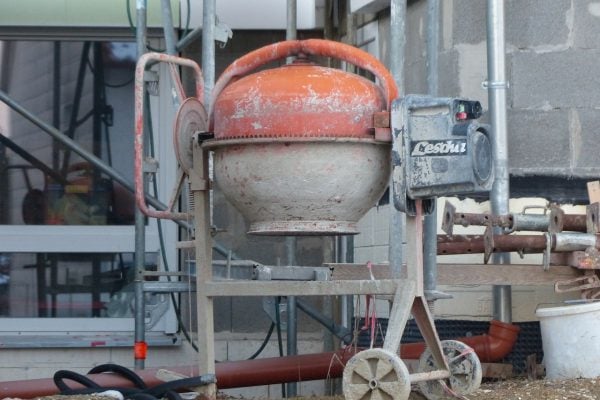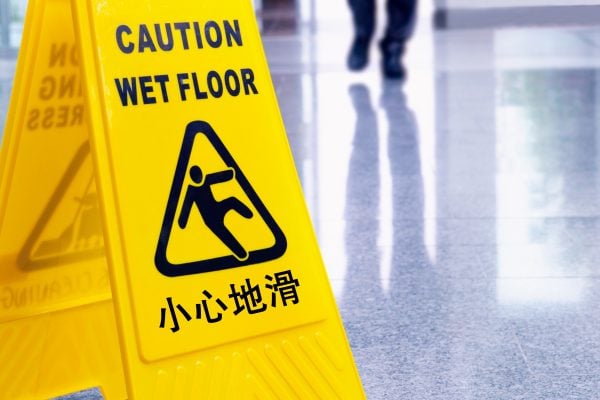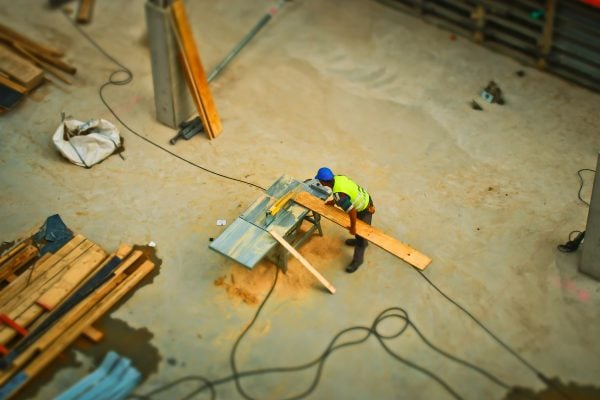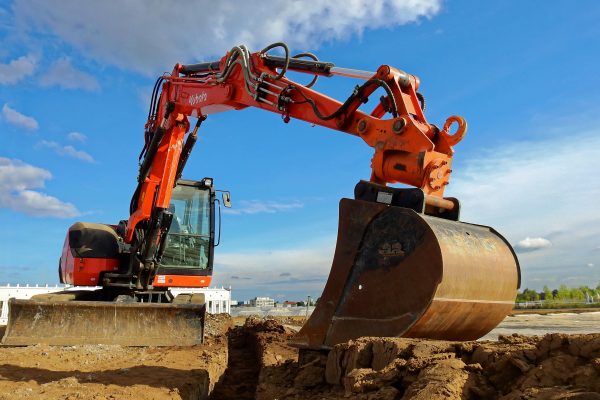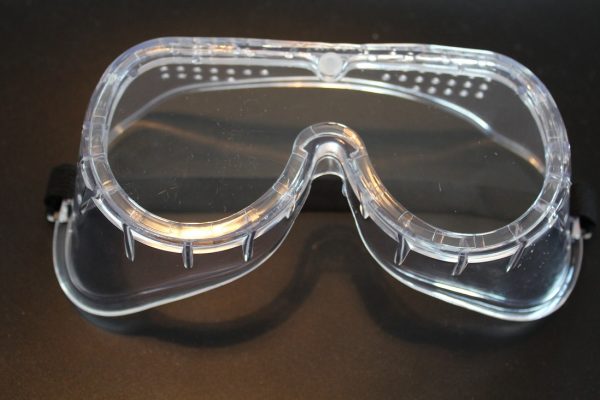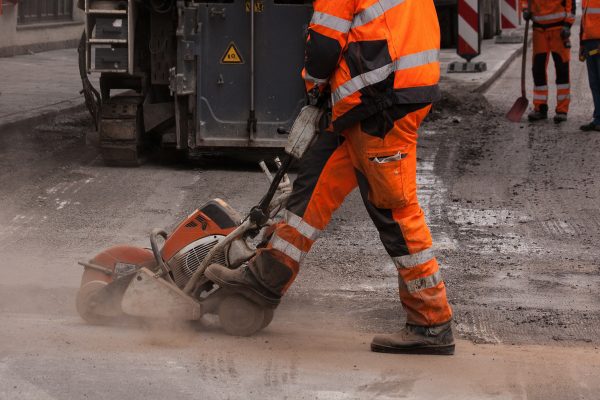See if a substitution can be made to work with non-flammable materials, alternatively Consult appropriate manuals (i.e. MSDS) to ensure safe handling, storage, and use of materials Eliminate all possible... read more →
Quick Tips
Distracted driving (any action that takes your attention off the road) is a serious safety hazard. Drive safely by: Limiting distractions Using hands-free technology or pulling over to make a phone... read more →
Prior to use, check the hoist, load chain and hook to ensure they are in proper working condition Balance each load carefully Always use a qualified, trained signal person Never... read more →
Use eye protection to avoid concrete dust and other foreign objects Be aware of lifting techniques to avoid back injury Avoid direct skin contact: protect your skin by using appropriate... read more →
Only use a chainsaw if you are properly trained and qualified to do so Always operate a chainsaw according to the manufacturer’s directions and standards Always wear appropriate PPE (Personal... read more →
Cluttered and disorganized work sites Changes in walkway levels and slopes Weather hazards Poor visibility Obstructed views Unsafe use of ladders Spills Wet/oily floors Uneven flooring Lack/failure to use guard/hand... read more →
Keeping an orderly and clean worksite can reduce the number of trips, slips, falls, and other incidents leading to workplace accidents. Keep an orderly work site Plan for the proper... read more →
Contact your local utility authority Request all applicable line locates If possible, pre-mark the anticipated dig area Provide hand-diggers or machine operators with a copy of the locates Ensure locates... read more →
Non-vented safety goggles: have no venting protection against chemical exposure (including dust, mist, liquid, and vapors) do NOT protect against gases
When cutting, drilling, or grinding, workers may be exposed to silica dust. Breathing in this substance can be harmful, or even fatal, to your health. When dealing with possible silica... read more →


